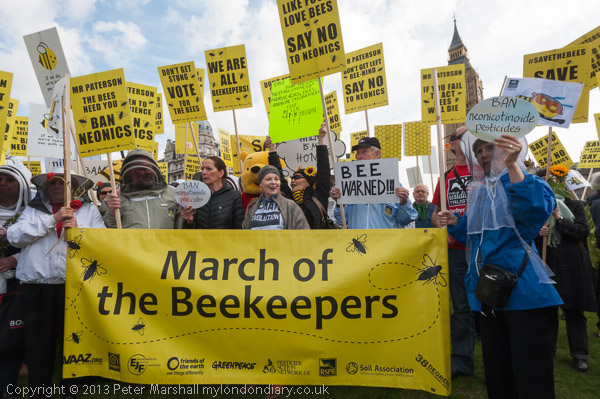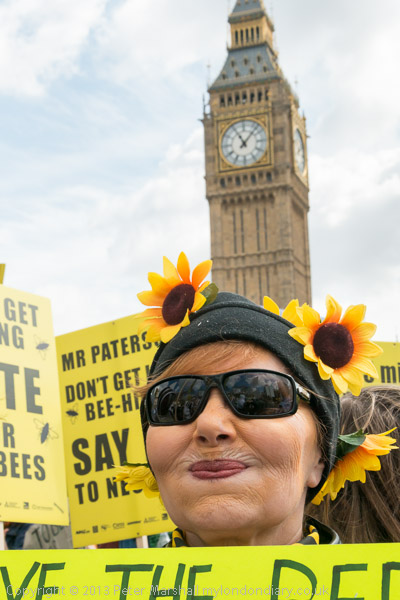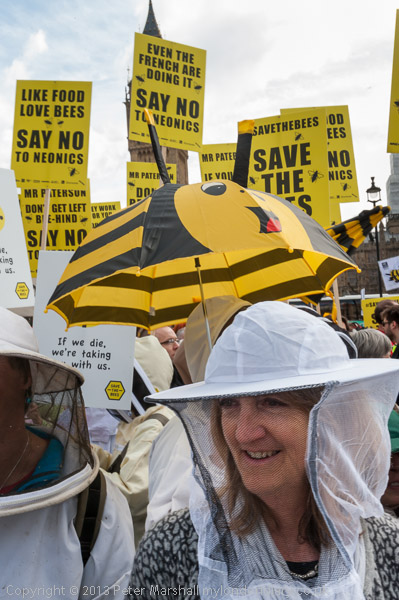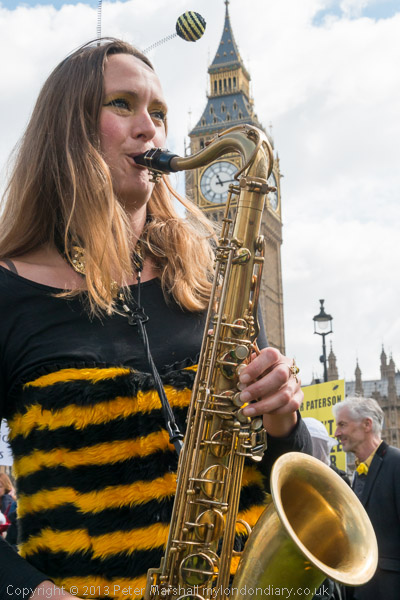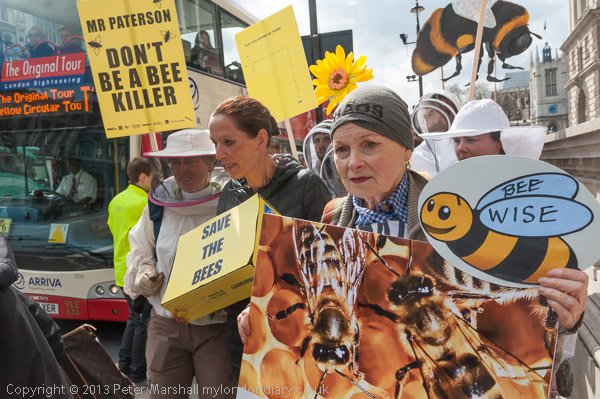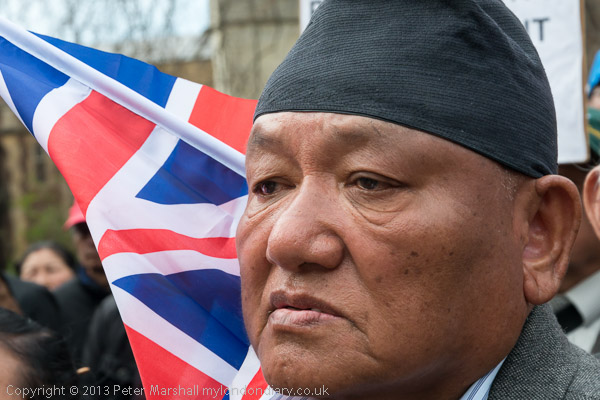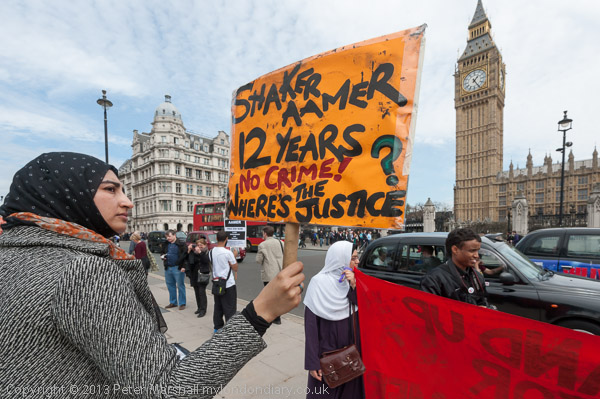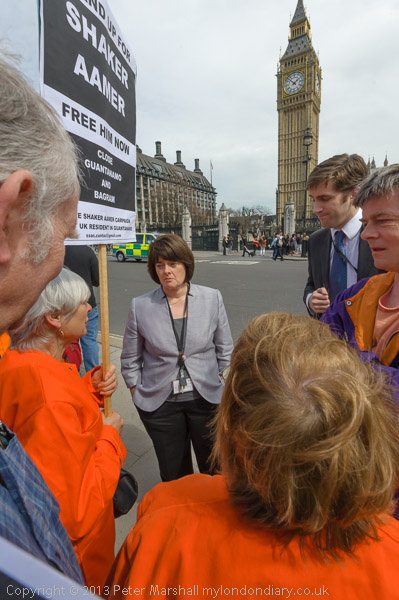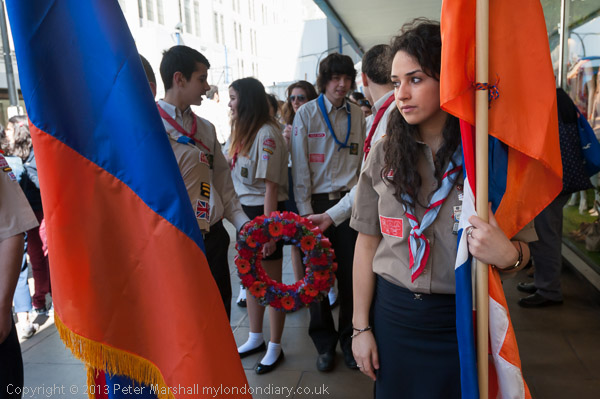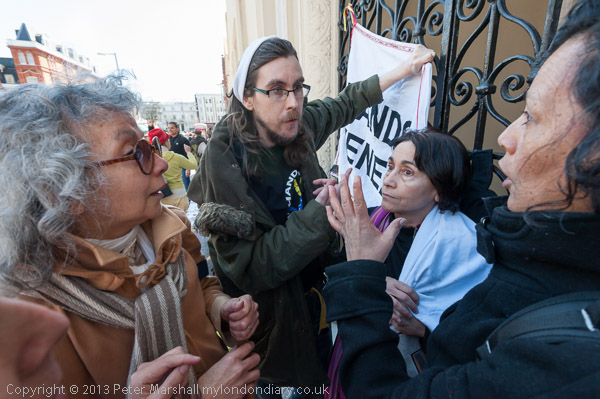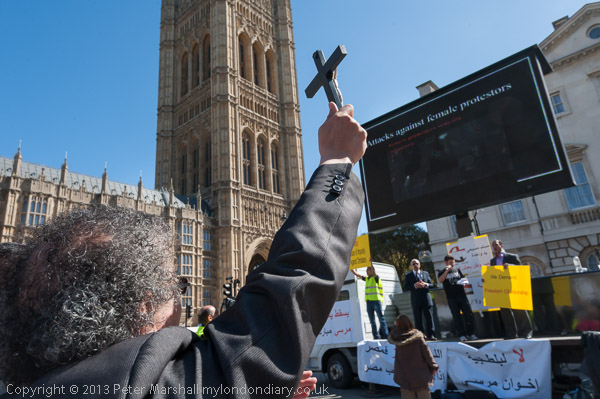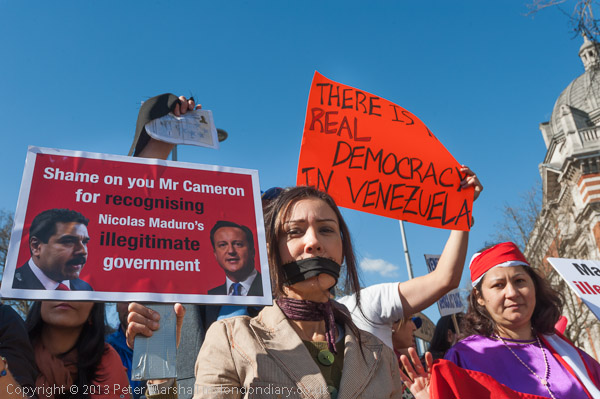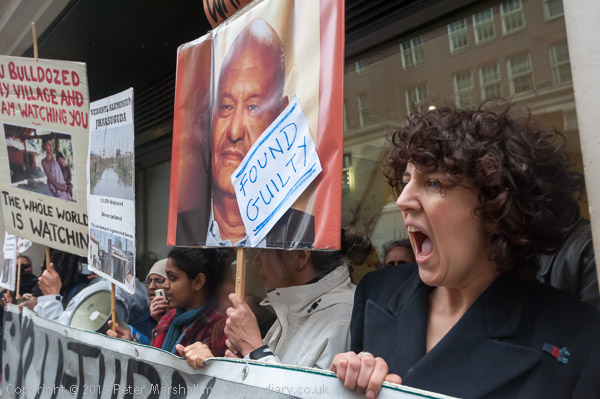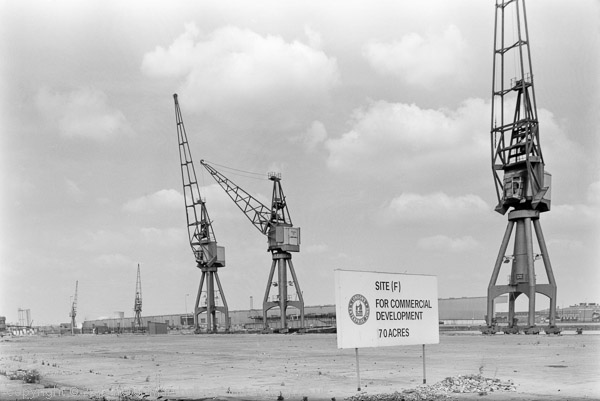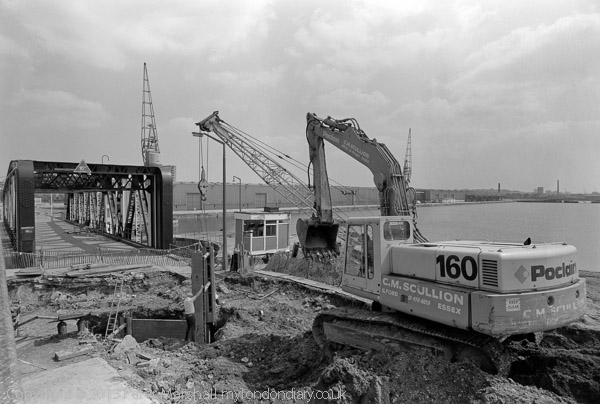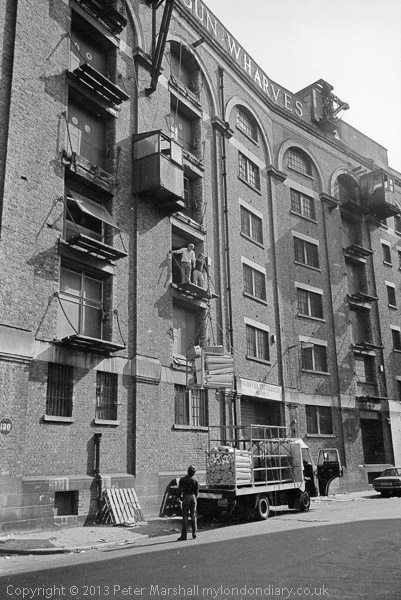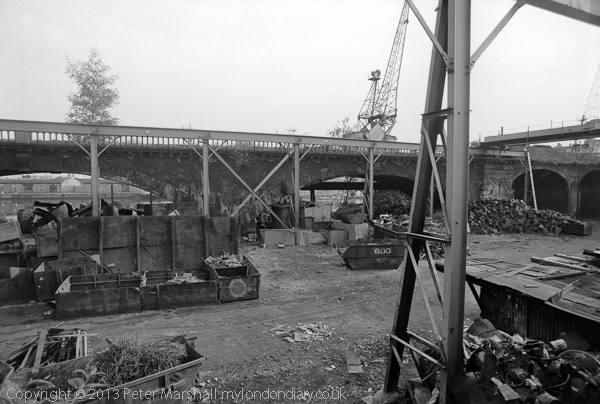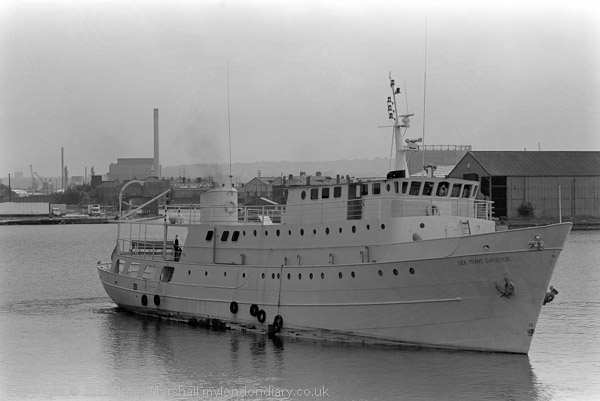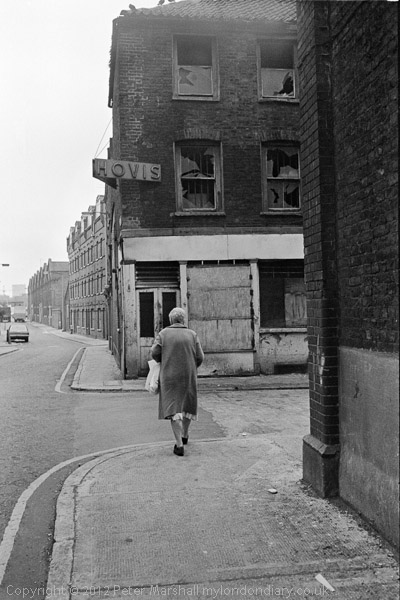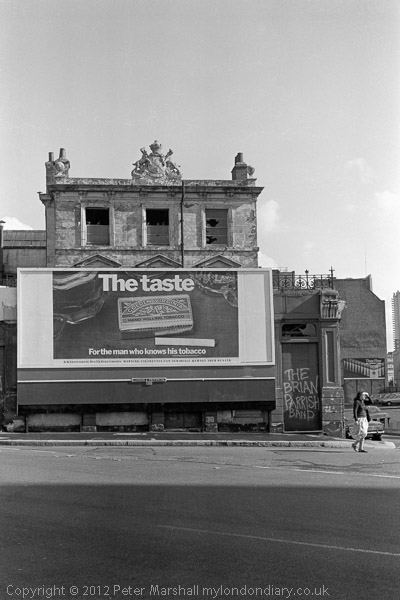Adobe have just e-mailed me with a special offer of “an amazing discount – just £17.58 (incl. VAT)/month” for their annual Creative Cloud complete plan membership. Apart from the small fact that I’m not actually eligible for this special offer – as the company’s own records should have told them – I wouldn’t in any case want to take up their offer. £211 a year is several times too much.
If you been away from the web for a few days you may not have heard of Adobe’s decision announce May 7 to end selling Photoshop CS6 and other Creative Suite products, instead moving to a monthly subscription model with what they call Creative Cloud or ‘CC’ software.
You can read more about it all over the web, but there is a useful interview on Digital Photography Review that gives Adobe’s reaction to the uproar that the announcement has sparked.
Perhaps of most importance to photographers is the statement “We don’t have plans to make Lightroom a subscription-only option“, though perhaps less reassuringly it continues “but we do envision added functionality for CC members using Lightroom.” To keep LR going, Adobe will of course need to add support for new cameras as they emerge; for users of PS6 such updates are in doubt after the already promised ACR8 in June. Lightroom 5 Beta, available for free download, adds some useful features, though I can wait until the full program becomes available. But to keep their income coming in, Adobe will need to add new features to LR with each release, making Photoshop itself less of a need. But the statement above suggests they will hobble it.
I use several Adobe products, but for different purposes, and the only one which I’ve felt a need to keep updating to the current release is Lightroom. The latest version of Photoshop I have is CS2, but I normally work with the older Photoshop 7 – I’ve got used to it over the years and it still does all I need. I used to be happy with Adobe Pagemaker too, but had to upgrade to InDesign 5.5 a while back. It is a better program, but Pagemaker was easier to use and did all I needed but others could no longer use the files it produced.
There really is very little that most photographers need that is only available in Photoshop, and I think only the rich and corporate will bother to move to CC. It’s long been a problem for Adobe that a rather large proportion of photographers who use Photoshop don’t actually have a valid licence, and a large part of the reason for this has been the high cost of the software. I can’t see that increasing the price – as CC does – is going to help them. But it won’t greatly affect me either.
As well as Lightroom – which I think can do at least 99% of what most digital photographers need from software like Photoshop and rather more in other ways – Adobe will also be continuing with Photoshop Elements, probably capable of doing all of the things that most photographers currently use full Photoshop for. Often using PS rather than Elements is more a virility rather than a functionality issue. I’m told the latest version has a choice of a better interface for professional use, but haven’t tried it.
And of course there are other image editors outside Adobe, including Picture Window Pro and Sagelight at relatively low cost, and even free software, including the GIMP. I used earlier versions of PWP and the GIMP but never quite got to grips with them, perhaps because I was so used to Photoshop, though in some respects PWP was impressive. And unlike some photographers (and perhaps more editors) I don’t believe Adobe have some special magic that gives their jpegs something those from other software don’t possess.
Until recently I worked exclusively with Photoshop on my scans from film, but a few months ago changed over to using Lightroom. Both my two most recent books, London Dérives and City to Blackwall, have been made from a Lightroom catalogue containing my 16bit archive scans. I use ‘Ctrl-E’ from LR and load the original scanned image into PS7, then spend ages retouching and adjusting before saving it and returning to LR. I then make any other basic adjustments necessary, as well as any dodging or burning that I had not done in PS – some things are easier in LR – and then output to the book directory using my book preset. Of course I can use any of my other LR presets to output the image, such as my web one which makes a suitable size copy with a copyright watermark, for those pictures I want to include on this blog or elsewhere. I could even make books direct from LR (and LR5 offers more templates etc) but I prefer the extra flexibility of using my own designs and better text handling of InDesign.
Adobe have a full place in my current workflow, and I hope this will continue. I’ll upgrade when there is real advantage to me, or when it is absolutely necessary, but I don’t think it is ever likely to involve a CC subscription
